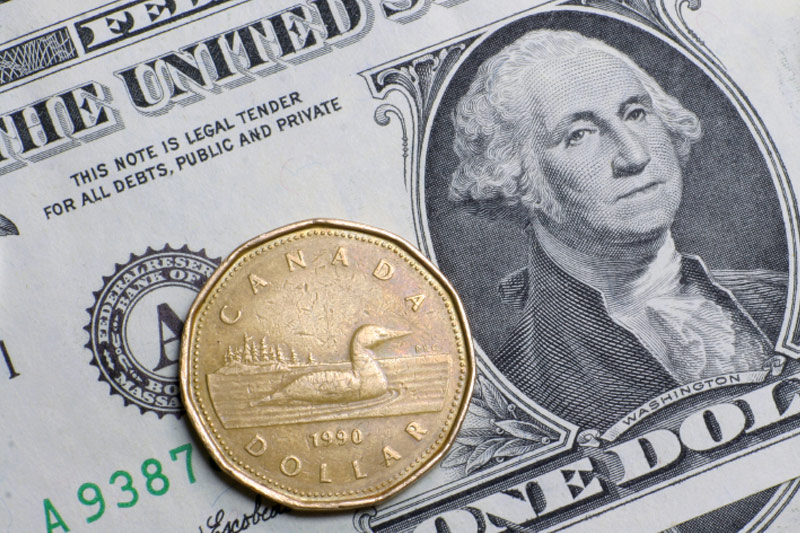
Investing.com – The U.S. dollar edged higher against its Canadian counterpart on Tuesday, as downbeat Canadian manufacturing sales data weighed on the local currency, although a disappointing report on U.S. housing starts limited the greenback’s gains.
USD/CAD hit 1.2794 during early U.S. trade, the session high; the pair subsequently consolidated at 1.2785, easing up 0.09%.
The pair was likely to find support at 1.2678, the low of March 13 and resistance at 1.2825, the high of March 13 and a six-year high.
Statistics Canada reported on Tuesday that manufacturing sales dropped 1.7% in January, compared to expectations for a 1.0% decline, after a 1.6% rise the previous month.
At the same time, the U.S. Commerce Department said that U.S. housing starts declined by 17.0% last month to hit 897,000 units from January’s total of 1.081 million units, worse than expectations for a decline of 2.4% to 1.049 million.
The report also showed that the number of building permits issued last month increased by 3.0% to 1.092 million units from January’s total of 1.060 million. Analysts expected building permits to fall by 0.5% to 1.065 million units in February.
Market participants were eyeing Wednesday’s Fed statement to see if it would drop its reference to being patient before raising rates and signal that it is ready to hike rates depending on economic data.
The loonie was lower against the euro, with EUR/CAD gaining 0.66% to 1.3591.
The single currency found support after the ZEW Centre for Economic Research earlier said that its index of German economic sentiment rose by 1.8 points to 54.8 this month from February’s reading of 53.0. Analysts had expected the index to improve by 5.2 points to 58.2 in March.
The index of euro zone economic sentiment increased to a 13-month high of 62.4 in March from 52.7 in February, above forecasts for a gain to 58.2.
A separate report showed that euro zone consumer price inflation fell 0.3% last month, in line with expectations and unchanged from a preliminary estimate. Euro zone inflation declined by 0.6% in January.
The rate remains firmly below the European Central Bank’s target of near but just below 2%.
Sources: investing.com

















